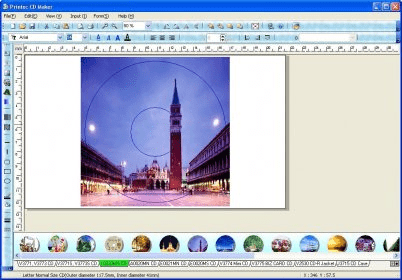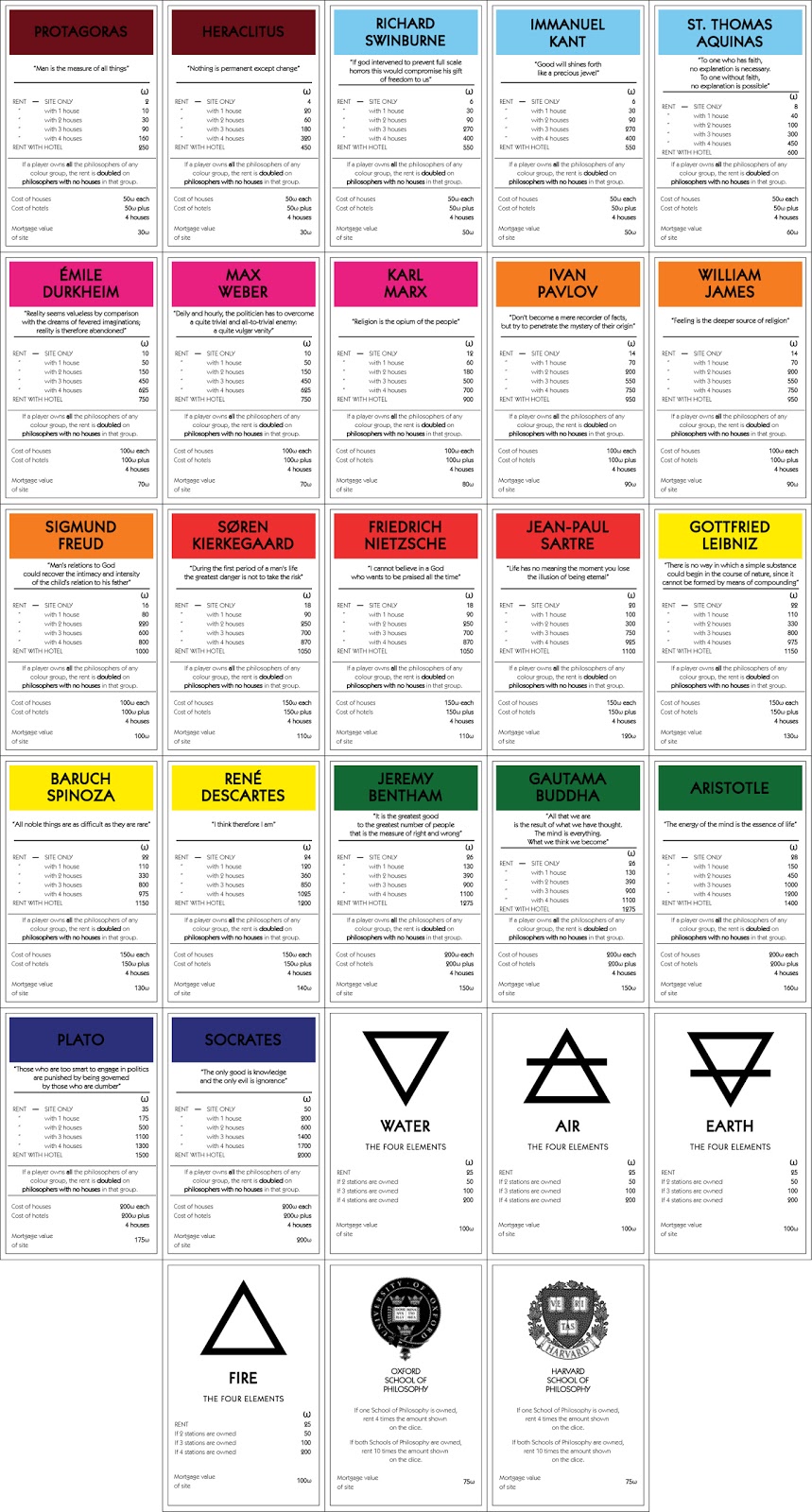42 proc print with labels
SAS Help Center: LABEL Statement If a label is assigned to a variable in a DATA step or in PROC DATASETS, the label is permanently assigned in the output data set descriptor. Some PROCs, such as PROC PRINT, can temporarily associate a label with a variable for use during the procedure. PROC PRINT: PROC PRINT Statement - SAS It also uses labels as column headings. PROC PRINT breaks a column heading when it reaches the split character and continues the header on the next line. The split character is not part of the column heading although each occurrence of the split character counts toward the 256-character maximum for a label.
PROC PRINT :: Base SAS(R) 9.3 Procedures Guide, Second Edition PROC PRINT sometimes conserves space by splitting labels across multiple lines. Use SPLIT= in the PROC PRINT statement to control where these splits occur. You do not need to use LABEL if you use SPLIT=. Note: The SAS system option LABEL must be in effect in order for any procedure to use labels.

Proc print with labels
Suppress variable labels in SAS procedures - The DO Loop In PROC PRINT you can use the LABEL option to display labels instead of variable names. Most analytical procedures (for example, regression procedures) always display variable names. If you have a procedure (such as PROC REG in this example) that displays both, you would have to modify the ODS template to suppress the column of variable names. Proc Format In SAS - 9TO5SAS Input dataset must contain ... Viewing Data - SAS Tutorials - LibGuides at Kent State University Immediately following PROC PRINT is where you put any procedure-level options you want to include. Let's review some of the more common options: LABEL Print variable labels instead of variable names, if variable names have been assigned. (Does not apply to value labels.) NOOBS Do not print row numbers/row identifiers. (NOOBS is an ...
Proc print with labels. (6) SAS PROCEDURES The default behavior of PROC PRINT is to use variable names rather than labels as column headings. You must ask PROC PRINT to use variable labels as column ...20 pages The PRINT Procedure : PROC PRINT Statement - SAS ... Note: PROC PRINT does not split labels of BY variables in the heading preceding each BY group even if you specify SPLIT=. Instead, PROC PRINT treats the split character as part of the label. Therefore, you probably want to avoid using a split character when you are using the BY statement. UNIFORM See WIDTH=UNIFORM . WIDTH=column-width How to Label Variables in SAS - SAS Example Code You use the PROC DATASETS procedure in combination with the LABEL statement to assign a label to a variable in SAS. The syntax of the LABEL statement is straightforward. The LABEL keyword is followed by the name of the variable, an equal sign, and the label between quotes. With the code below we assign the label Student Name to the Student column. PROC PRINT - the Granddaddy of all Procedures, Enhanced ... PROC PRINT can trace its lineage back to the first version of SAS to be commercially released. In recent years, with the advent of PROC REPORT and the ODS system, the PRINT procedure has been pushed to the back of the reporting procedures to where it is considered as no more than being able to do a basic data dump. However, PROC PRINT has been
6.7 - Descriptive Labels In order to label the columns in your report as such, you need to use: a LABEL statement to assign a descriptive label to a variable, and; the LABEL option in the PROC PRINT statement to specify that labels, rather than variable names, be displayed. The LABEL statement can be placed either in a DATA step or directly in the PRINT procedure. The PRINT Procedure - PubTeX output 1999.11.16:1337 uses variables' labels as column headings. Alias: L. Default: If you omit LABEL, PROC PRINT uses the variable's name as the column heading even if the PROC ...37 pages The PRINT Procedure : Results - SAS If PROC PRINT cannot fit all the variables on one page, the procedure prints subsequent pages with the same observations until it has printed all the variables. For example, in Splitting Observations across Multiple Pages , PROC PRINT uses the first two pages to print values for the first three observations and the second two pages to print ... LABEL Statement - SAS Help Center Some PROCs, such as PROC PRINT, can temporarily associate a label with a variable for use during the procedure. This example demonstrates the use of labels during the creation of a report. By using the PROC PRINT label option, you can display labels in place of variable names in the output report.
PROC PRINT: Selecting Variables to Print - SAS This example. selects three variables for the reports. uses variable labels as column headings. double spaces between rows of the report. creates a default HTML report. creates a stylized HTML report. Program: Creating a Listing Report. options nodate pageno=1 linesize=80 pagesize=30 obs=10; proc print data=exprev double; PROC PRINT: Customizing Text in Column Headings - SAS Data set: EXPREV. This example. customizes and underlines the text in column headings for variables. customizes the column heading for the column that identifies observations by number. shows the number of observations in the report. writes the values of the variable Price with dollar signs and periods. creates a default PDF report. 'label' Statement - Boston University When a label statement is placed in a data step, the label stays with the variable for all subsequent procedures, unless relabeled. When placed in a procedure the label only stays attached to the variable for that procedure. Use double quotes if there is to be a single quote in the label. For example, label mombp="mother's systolic bld pressure"; SAS Help Center: Example: PROC PRINT Summing Numeric Variables with One ... label sale_type='Sale Type' price='Total Retail Price* in USD' country='Country' order_date='Date' quantity='Quantity'; Sum the values for the selected variables. The SUM statement alone sums the values of Price and Quantity for the entire data set. Because the PROC PRINT step contains a BY statement, the SUM statement also sums the values of ...

Printec Label Maker Download - You can make labels for address, physical distribution and barcodes
SAS Help Center Set the OBS= system option to process 10 rows. options obs=10; Print the output The VAR statement specifies the variables to print. proc print data=exprev; var country price sale_type; title 'Monthly Price Per Unit and Sale Type for Each Country'; footnote '*prices in USD'; run;
Generating multiline axis labels in SAS PROC SGPLOT | SAS Code Fragments The changes we have made to our proc sgplot code are: Add the name of the annotation dataset to the sganno= option on the proc sgplot statement. Add 35 pixels of padding space to the bottom of the graph with the pad= option on the proc sgplot statement. Override the x-axis label proc sgplot will try to print by specifying nolabel in the display ...

ProCon Labels | We manufacture and stock a wide variety of self adhesive labels. Various sizes ...
Labeling | SAS Learning Modules First, you must create the label formats with proc format using a value statement. Next, you attach the label format to the variable with a format statement. This format statement can be used in either proc or data steps. An example of the proc format step for creating the value formats, forgnf and $makef follows.
Proc Format Sas Variable Labels - proc report how to format heading add ... Proc Format Sas Variable Labels. Here are a number of highest rated Proc Format Sas Variable Labels pictures on internet. We identified it from obedient source. Its submitted by supervision in the best field. We allow this nice of Proc Format Sas Variable Labels graphic could possibly be the most ...
SAS: Export value labels to Excel - Stack Overflow 1 Answer1. Show activity on this post. Just PRINT the data to the Excel sheet instead of EXPORTing it. Formats are honored by PROC PRINT (or any other method of producing outputs). ods excel file='myfile.xlsx'; proc print data=mydata ; run; ods excel close; Thanks for pointing me towards ods.
Solved: proc print display label - SAS Support Communities Please read the PROC PRINT documentation, when you have a LABEL statement in your code, you need to tell PROC PRINT to USE the LABEL with the LABEL option in your PROC PRINT statement: proc print data=mydata label; or proc print data=mydata split='_'; Either the LABEL or the SPLIT option tells PROC PRINT to use the LABEL for the data.
SAS Help Center: Example: PROC PRINT Creating a Customized Layout with ... Assign labels to the appropriate variables. The LABEL statement associates a label with each variable for the duration of the PROC PRINT step. When you use SPLIT= in the PROC PRINT statement, the procedure uses labels for column headings. label jobcode='Job Code' gender='Gender' salary='Annual Salary'; Create formatted columns.
4 Little Tricks To Achieve The Best Results In PROC PRINT SAS. Below are some of the things that you can do with PRINT that may make even this standard procedure extra helpful. 1. Using the ID and BY Statements in PROC PRINT 2. Using the STYLE= Option with PROC PRINT 3. Using PROC PRINT to Generate a Table of Contents 4. Generating Column Totals 1. Using the ID and BY Statements in PROC PRINT



Post a Comment for "42 proc print with labels"